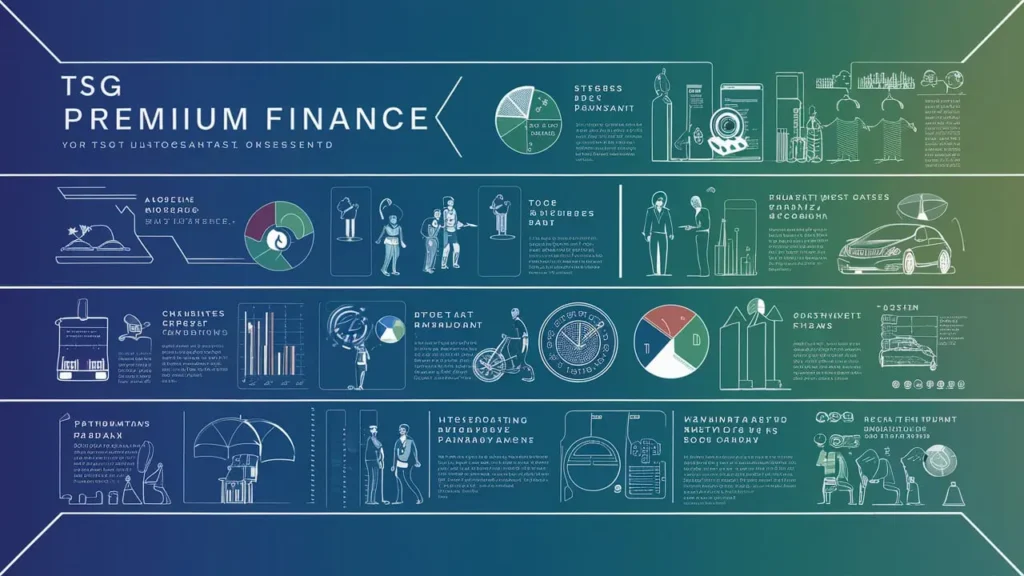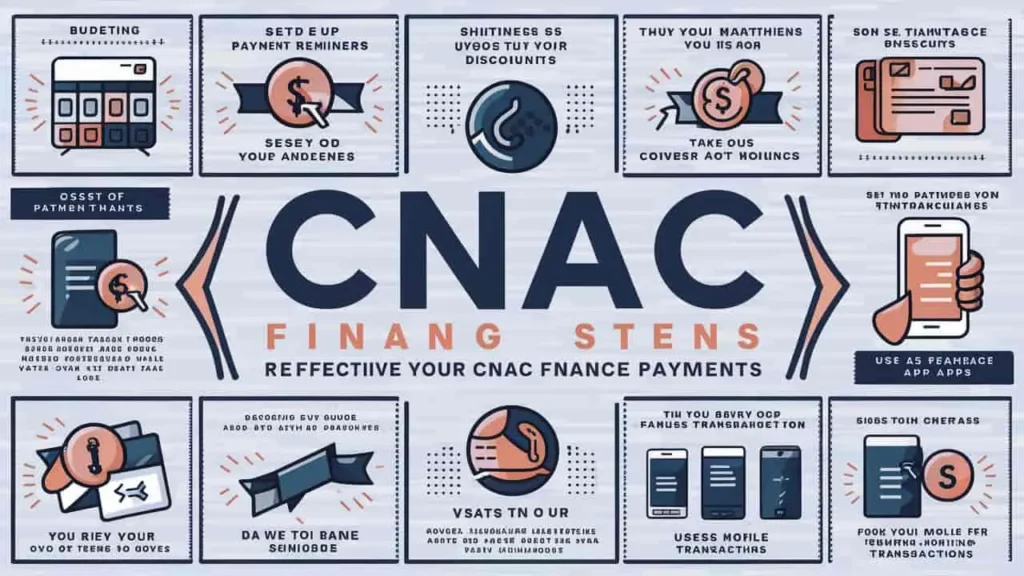Guidelines for Novice Commercial Property Investors
Venturing in the commercial real estate market can be devastating, especially for a beginner. However, this can be a profitable prospect if you crack the code of how the market works. With the appropriate strategy and expertise, you can make educated judgments and facilitate a successful investment trajectory. This article will provide crucial advice for […]
Guidelines for Novice Commercial Property Investors Read More »










